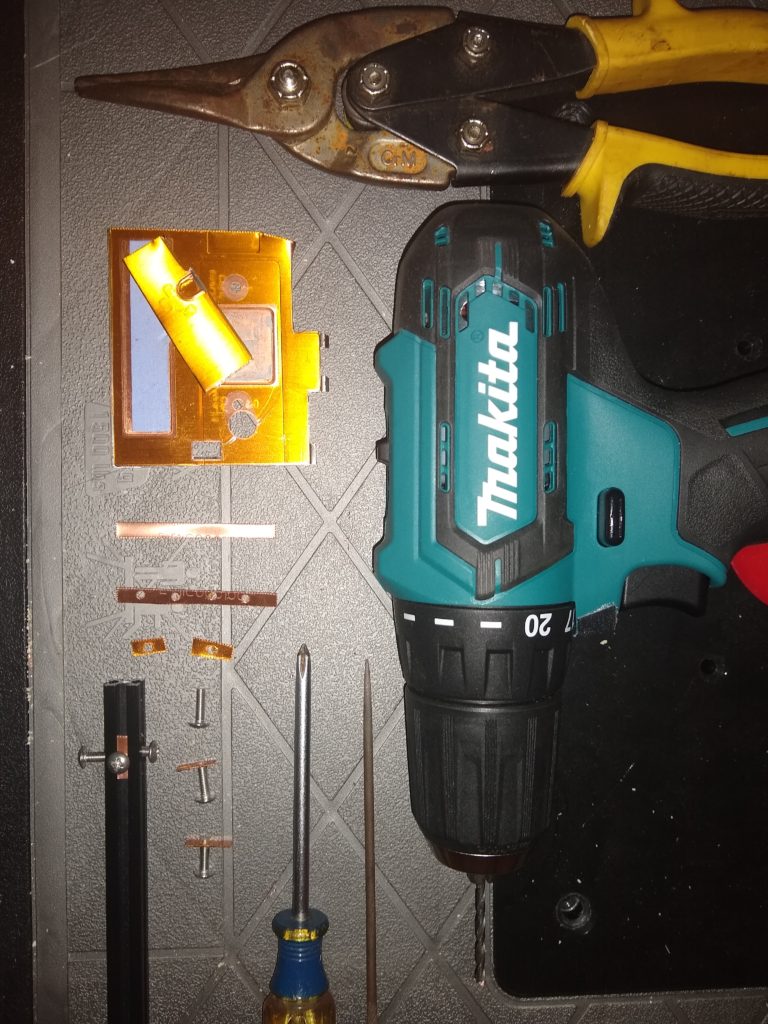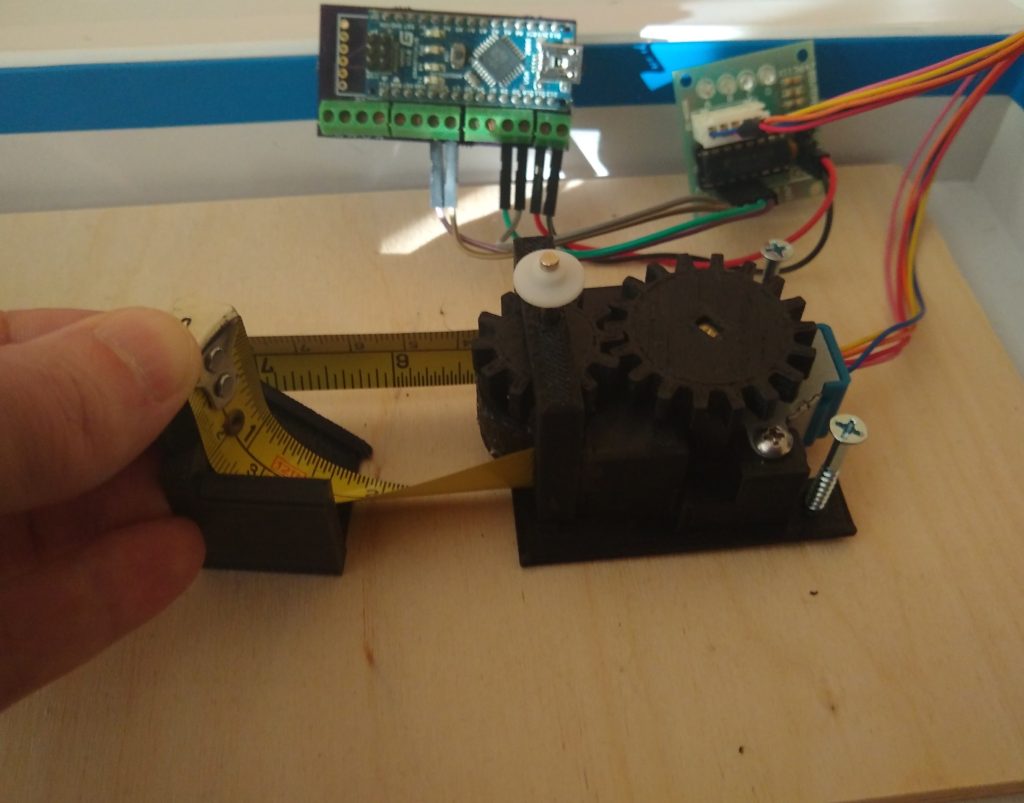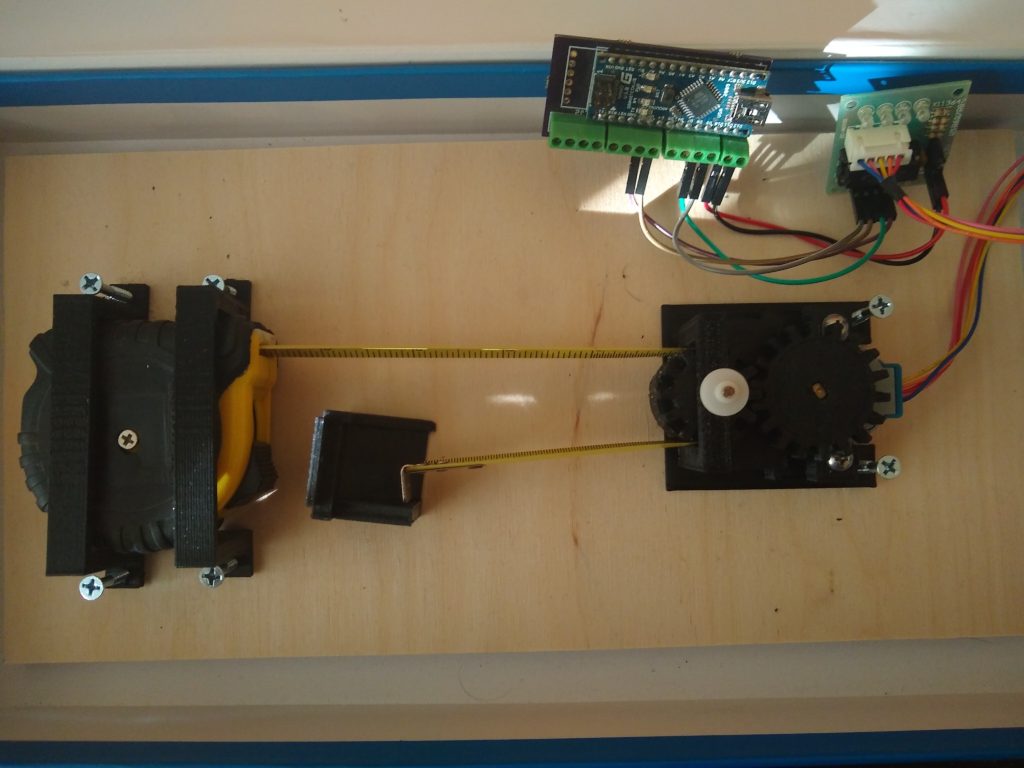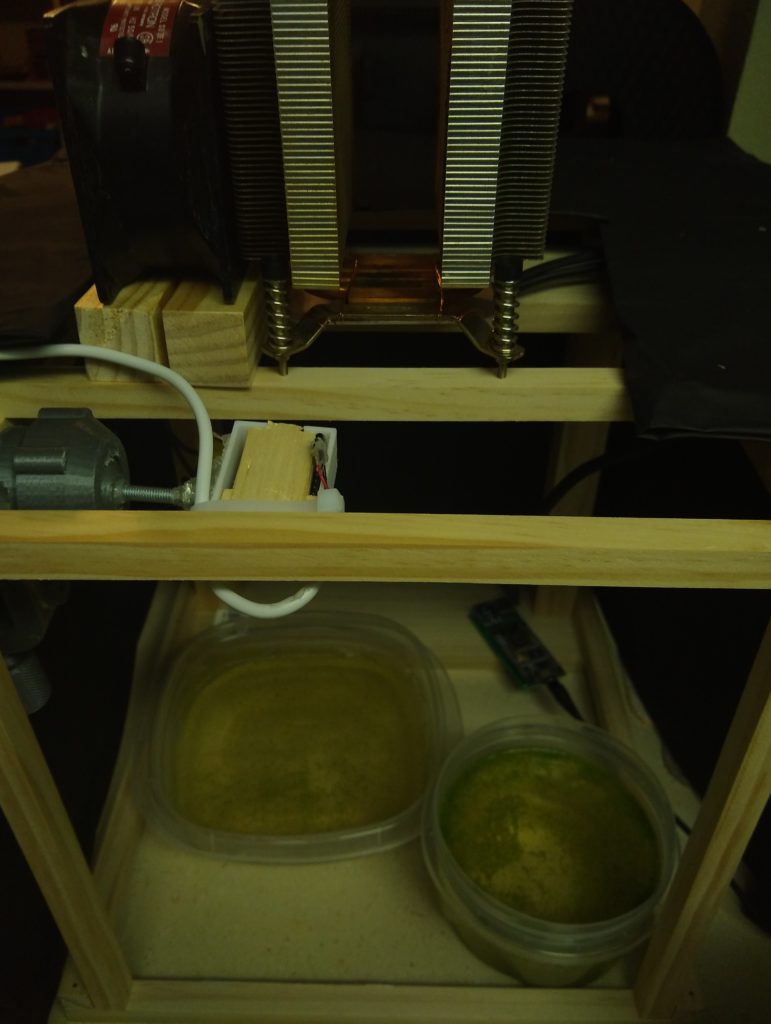I’m having a lot of fun with my new watermeal obsession and I’m going to use it as an excuse to pontificate on all kinds of topics that are only vaguely related to trying to grow watermeal. So here’s some of that.
I’m not really a plant person. I used to say I had a ‘black thumb’ because things I grow tend to die. But I don’t really have a large enough dataset to say even that. I grew corn and tomatoes once. I’ve thought about growing algae for a long time. And I couldn’t keep a peace lily that my grandmother gave me alive even though I really tried. Those three sentences are pretty much my entire horticultural resume. So it should probably be odd that I’ve decided that it’s my duty and pleasure to unravel the mystery of ‘least duckweed’, but it makes sense if you’re me.
I’m a life-long technology geek. Anything from a steam-engine to a space-ship is worth knowing about. Not that I ever thought that plants were outside the realm of technology- agriculture was humanity’s earliest and most important technological masteries . But me and plants never really made friends. I get them from a molecular-engine kind of perspective, but they have a shit-load of inputs and variables I have no man-made analogy to help me understand. They’re kind of black-box, proprietary hardware and software with no documentation. All you can do is try different inputs and log the output. Also they’re just kind of slow.
But I want to know about duckweed, and it seems like more people want to kill it than grow it, so I’m running into a newish situation where I want understand something that there’s not much information on, but it’s way outside my experience of how you go about understanding a new thing. I’m used to the limited information part- but only in areas where I have extensive context to figure out the information I need.
I can’t take watermeal apart or examine its source or logs. I can’t compare its function to something I already understand, there are no schematics or pinouts, and I can’t take a snapshot before I try something crazy and then rollback when everything blows up. It’s like someone handed me a completely alien technology that creates food from nothing and I’m not even sure which side is the front.
Of course I’m exaggerating, I know some basic biology and I read so it’s an ‘alien technology’ that humans have been studying for thousands of years, but I’m not those humans right now so it’s still kind of new to me.
I thought I had a pretty good understanding of scientific methodology and sort of practiced it in problem solving for work and DIY projects and whatnot. But messing with alien plant technology has forced me to face the fact that I’ve never actually employed the scientific method on nature, only on human devices. What that means is I’ve never really employed the scientific method at all. I’ve employed intuition and deduction in a context where I had sufficient knowledge that I didn’t really need to be all that scientific to find the solutions I needed. I can’t rely on any of that to figure out how a plant works.
So what do I do to prepare for this new challenge? Do I try to become the rigorously methodical scientist that I like to imagine I could have been if I wasn’t a lunatic? Sure… maybe while I’m at it I’ll become an unflappable, cool-headed operator who can pilot a lawnmower through a hurricane. I’ll get right on that. No- I think I have to do this the way I do everything that I’m not paid to do- with no regard for anything except whatever I feel like doing. It’s a sort of casually-aggressive dilettante-ology style of learning. It may or may not accomplish anything useful, but it keeps me entertained.
It is kind of fun to keep looking at this as a technology problem- the alien black box thing. So I have this device, but I don’t know anything about the designer’s intent or record… or do I? Actually- in a lot of ways evolution is a far more consistent and reliable designer to make assumptions about. I know evolution only cares about what works- literally nothing else matters. Path dependency adds a potential weirdness factor, but other than that I can safely assume if something works a certain way, it’s because it worked that way when it really, really had to for a bunch of millions of years. That’s actually pretty liberating from a technology analysis standpoint. I don’t have to consider any human stupidity, arrogance, or greed at all, none of that even existed when these devices were designed.
I find myself asking questions like “was watermeal designed to adjust its reproductive activity in response to evaporation?”. And of course nature’s response is “wtf does evaporation mean?” So I have to consider what inputs watermeal would have available to ‘know’ that evaporation was happening or what to do about it. I figure it might ‘sense’ that slowly increasing concentrations of nutrients might indicate evaporation. And maybe that causes it to adjust its reproduction energy. But the ‘meaning’ of those changes in concentration would depend on the volume of water, so maybe it derives even more complex situational awareness with a ‘memory’ of the state and rate of change of nutrients. And now I get to figure out how to design an experiment to test that. This is fun.
I’m personifying watermeal and implying it has ‘intent’ out of literary habit, I should probably stop that- but I wont. But I like that this is still just inputs and outputs, just like technology should be.
But with technology the default state is non-functionality. If a technology works it’s because somebody made it work. If it breaks- well, that just happens eventually unless you keep preventing it. Plants are kind of the opposite. Their default state is functionality- otherwise they wouldn’t exist. So if a plant breaks- it means I broke it, but if it grows, all I did was not screw something up.
With technology that sort of justifies perpetually checking and poking at things a little bit. If it ain’t broke- don’t fix it, but you can still poke at it a little to understand it better for when have to fix it eventually.
With plants I’m pretty sure the poking really, really doesn’t help and that’s a tough adjustment for me. The idea that these fascinating little machines are furiously replicating themselves and I’m just supposed to pop some lights and sensors on and walk away for days at a time is just bananas to me. But I think that’s how this works.
You’d think with all this pontificating I would have something tangible to share that I’ve learned about watermeal, but I don’t think I do, but since I have been messing around with it for a couple of weeks I’ll try to write down a few things about the actual plant instead of making it all about me and what I think about stuff, but that’ll probably creep in anyway.
~Apparently they are pretty hard to kill from neglect, which is great. I put some in clear water with no nutrients and left it in a corner with barely any light and they’re still about half green after 3 weeks. The rest have turned white and sunk to the bottom, which I’m assuming is death- but actually it may not be because apparently they can overwinter as a ‘turion’ thing so maybe they’re doing that but they look kind of dead to me.
~I don’t think they like light 24/7. I’ve only just started to learn about horticultural lighting and spectrums plants care about, but I’ve got a full-spectrum LED that at 6″ gives me the same lux reading as sunlight on a clear day. I’m just using a TSL2561 lux sensor but I figure it’s close enough for now. But at first I was leaving it on 24/7 and quite a few started to turn white and sink. I started turning the light off at night and they seem to be doing better, but all this is anecdotal. I haven’t quite figured out how I’m going to quantify their growth yet but I’m thinking it’ll probably involve learning some more computer vision stuff.
~I still don’t know what nutrients to use, but I’m trying a few things I’ve found online for DIY miracle grow types of cocktails. White vinegar, ammonia, baking soda, epsom salt, coffee grounds, and green tea are what I’ve tried so far. Ultimately I’d want to know how to integrate watermeal into a more complex life-support chemical-cylce but that’s way, way off so I’m just looking for whatever works and is easy.
~Evaporation control is going to be an issue. I’m using fairly small containers and I’m concerned evaporation will make the nutrient levels fluxuate way more than they would in nature and that might not be good for the watermeal and will be very bad for getting consistent data. Fortunately peristaltic pumps are pretty cheap and I can rig up some pi\arduino controls. Also I like that the peristaltic pumps won’t disturb the water that much- at the moment adding water stirs up the surface a bit and makes the timelapses kind of useless for seeing if it’s actually growing. Might be another computer vision opportunity to detect water levels too. Seems cleaner than a bunch of level sensors.
So I’m still waiting on some 80\20 parts for the next testing rig but I soldered up a little raspberry pi ‘hat’ for the temperature sensors, a luminance sensor, and a relay to control the LED, it’ll also have a USB webcam. The plan is to just crontab everything- schedule the light timing, and take sensor readings and photos. I can’t just close it up and leave it for too long because of the evaporation issue, but for now I have a decent workaround for adding water without disturbing the surface much.
No pictures or videos with this post, just a bunch of words. I do have a few weeks of various time-lapses but I’ve been using an ESP32CAM and it’s not great for close up imaging like this so they’re pretty useless. I was surprised I had to use an ND filter in the light box, but fortunately I have an old lighting gel sample pack- it took 6 stops worth, that 50W LED really belts light.




